Namaste! This week we are inspired by India. This extraordinarily beautiful country holds a very special place in my heart. Having lived and studied there from age 12 through 19, I had a unique opportunity to experience its infinitely rich, exceedingly complex and ever-surprising culture first hand.
Similar to our recent study of Japan, this week we will focus on covering the basics and will return to Indian Arts more than once in the coming months. The framework below, outlines my approach to introducing Valentina to Indian Music, Dance and Art in a fun, engaging and a cost effective way : ) I have used a similar approach with Japan and China and found it to work well.
MUSIC
Exploring Instruments & Dance: While we planned to kick off our study of India by attending the annual dance performance by the Triveni School of Dance, life got in the way. Valentina came down with a mystery bug that thankfully only lasted a few days but prevented us from seeing the show. However, in our preparation for the dance recital we found several stunning performances online that I wanted to share with you. Importantly, all this content is at our fingertips for free!
Dance:
https://www.youtube.com/watch?v=SgiLOzFQh14
https://www.youtube.com/watch?v=lDESvBZ4C7k
https://www.youtube.com/watch?v=1ZmCmQjoehw
There are 6 well known schools of dance and while the links above feature Kathak and Bharatanatyam (my personal favorites!) I encourage you to explore more and we will certainly do so ourselves in the future posts. After all, classical Indian dance is an art form that has everything a child would like – beautiful colors, intricate costumes and jewelry, powerful sounds and rhythms, an element of story telling and last but not least very fun bells worn on the dancers’ feet. These bells (Ghungroos) add an additional percussion dimension to the already powerful tabla beats.
Follow up Activities: We followed up with a our own attempt to replicate the artistry, the fun and the magic of the classical Indian dancers at home. Valentina told her story very own story about a princess and an elephant while moving around our living room to my best attempt at rhythmic accompaniment! I recommend this activity as it ties in several art forms: music, creative movement and theater. I realized that not every home as an authentic table drum : ) Check out our tips on how to make your own drum at home from the Japan post last week. You can also buy the bells for as low as $10 on amazon or make your own: http://kidworldcitizen.org/2012/07/05/make-your-own-ghungroo-indian-style-ankle-bells/
Valentina was also fascinated by the beautiful jewelry worn by the classical Indian dancers and our other follow up activity was making our own jewelry at home with beads and pipe cleaners!
Instruments: The sound of Indian instruments and their microtonal scales are starkly different from classical Western Music. I had the opportunity to study the Sitar for five years and learned to embrace the history, the mood, the season, the harmony and the emotion that each piece evoked. While I happen to have several Indian instruments at home, I recommend showing your child the following video recordings, that showcase the art of some of the biggest classical Indian music masters!
• Sitar:
https://www.youtube.com/watch?v=_PfRSr0F9eM
https://www.youtube.com/watch?v=8CnhcGpmH9Y
https://www.youtube.com/watch?v=gMk2eTqPLWk&t=826s
• Tabla:
https://www.youtube.com/watch?v=OES8seqVWks
https://www.youtube.com/watch?v=ZtRPB8xHP8M
• Flute:
https://www.youtube.com/watch?v=O2K0ptoYpuc
https://www.youtube.com/watch?v=F3lyYz19mEU&t=2429s
Follow Up Activities: Please see our make-your-own instrument ideas from the Symphony post. Many are applicable here as well.
For more live events/Classical Indian Music Concerts in the Boston area check in with:
- MIT Heritage Arts of South Asia: www.mithas.org
- Triveni School of Dance: www.trivenidance.org
ART
Library: Our exploration of Indian art brought us back to our local library. While it turns out our library has a somewhat limited collection of books on the topic, we were able to pick out three that offered a nice introduction and we plan to continue our exploration at the Boston Public Library. Here is what our local library had to offer (the first two are out of print):
Books:
- India by Darci Bailer
- The Art of India by Shirley Glubok
- The Rough Guide to India
Tip: While you are at the library, make sure to ask about discounted museum passes!
Museums:
- MFA: We followed up with a visit to the MFA that hosts an impressive collection of Indian sculptures and decorative art spanning across many centuries at its South and Southeast Asian Art Gallery
- PEM: We have another trip planned to the Peabody Essex Museum that is currently hosting an exhibition of early 20th century Indian art: MegaCity: India’s Culture of the Streets. I do recommend some caution, however, as there are a couple of paintings are for more mature audiences (content that might be too graphic).
Fun in the Sun: We completed this week’s study with an outdoor yoga session. After all, yoga is an art form all in its own right. I am far from a yoga expert but having been a big fan of Bikram over the years, I introduced my daughter to a couple of kid friendly postures. Most importantly we had a lot of fun and while our yoga session quickly disintegrated into a game of tag in the back yard, it was a fun way to wrap up our introduction to Indian art!
This week we are taking Teachable Art on the road and will be visiting San Francisco. We plan to check South Asian art collection at the Asian Art Museum as well as follow up on our study of Japan and China. Stay tuned!
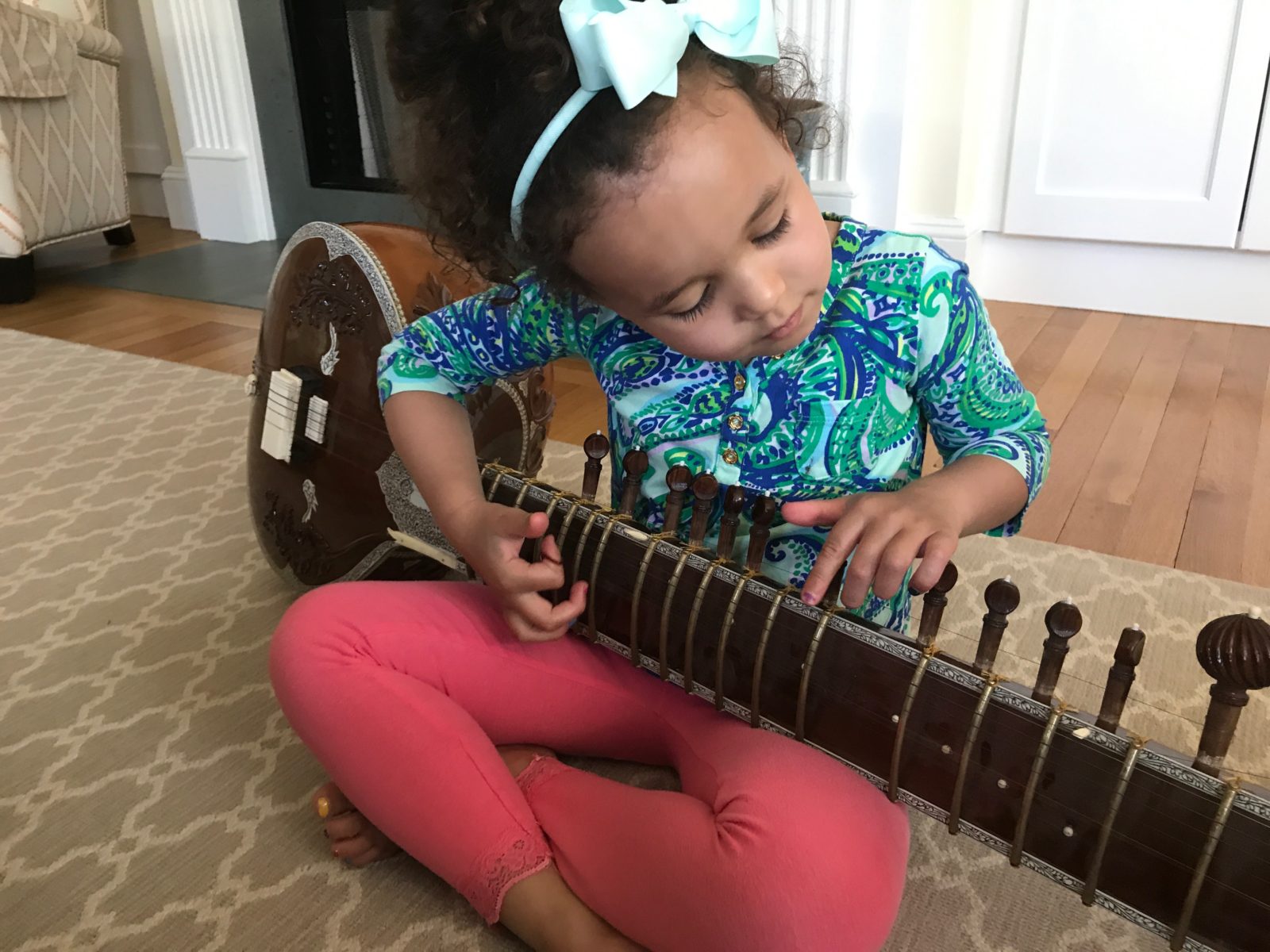
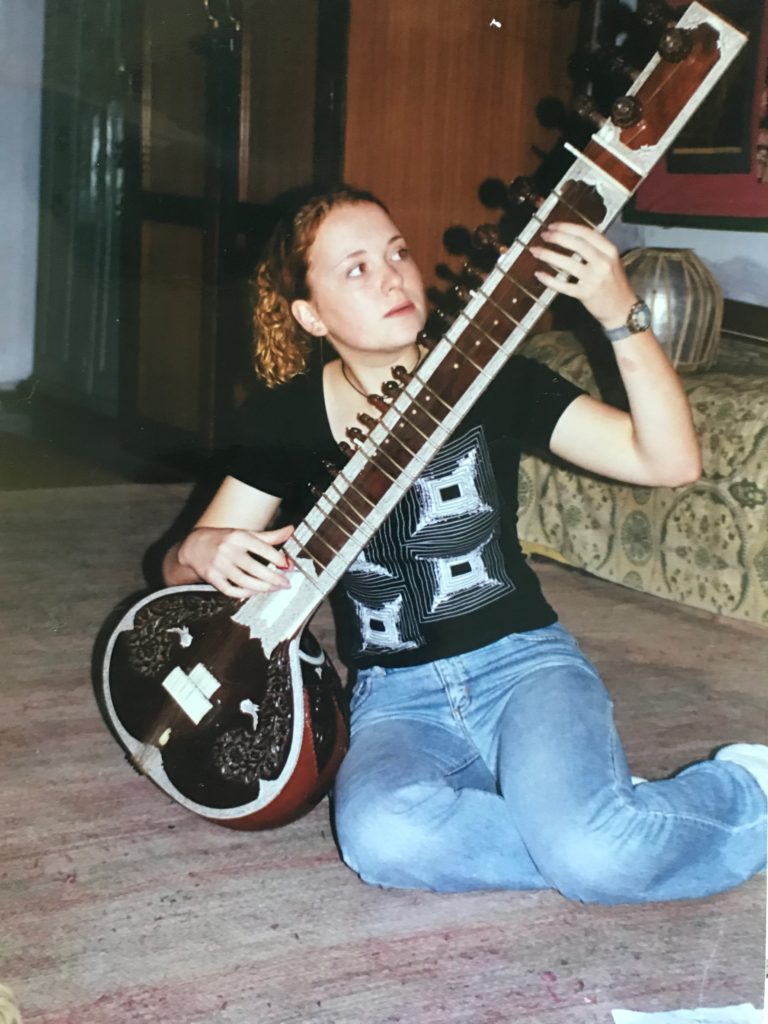
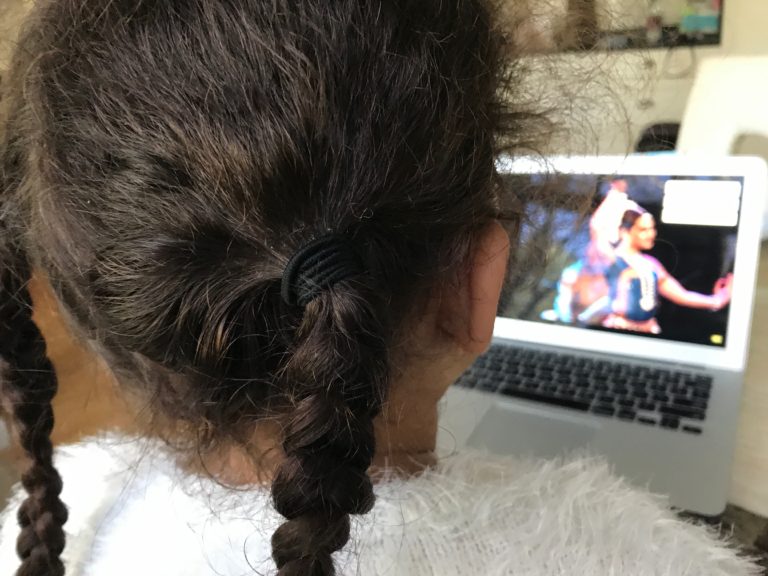
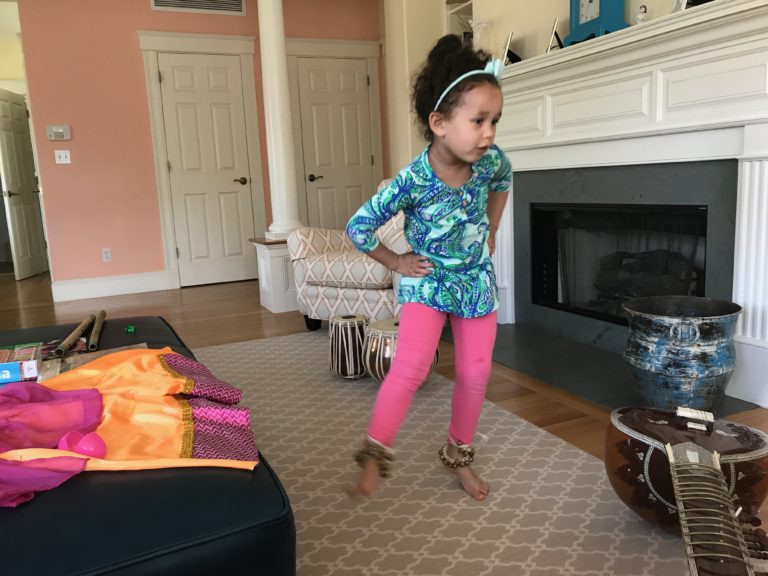
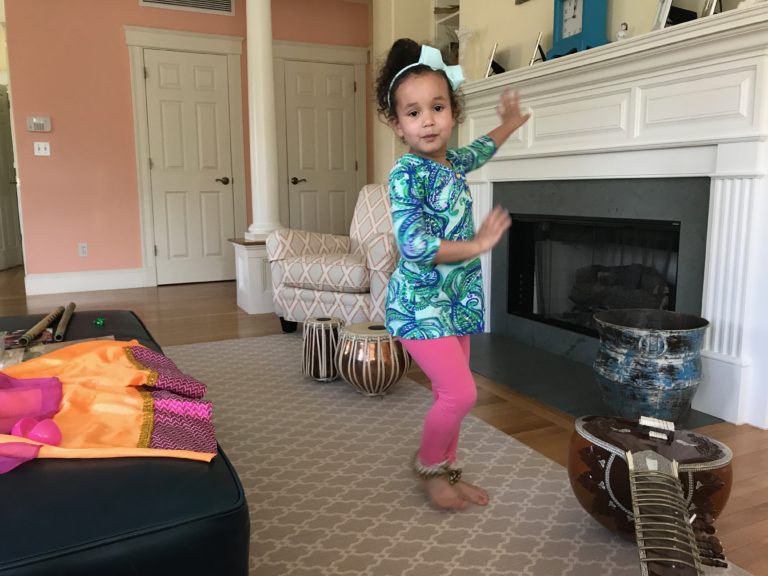
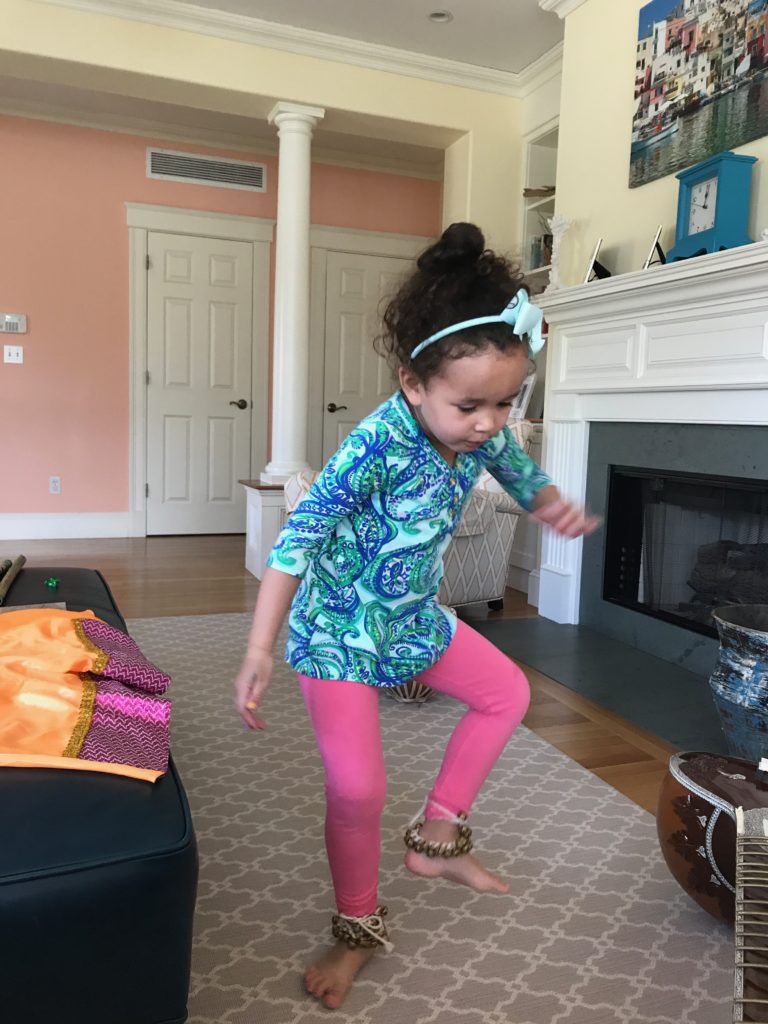
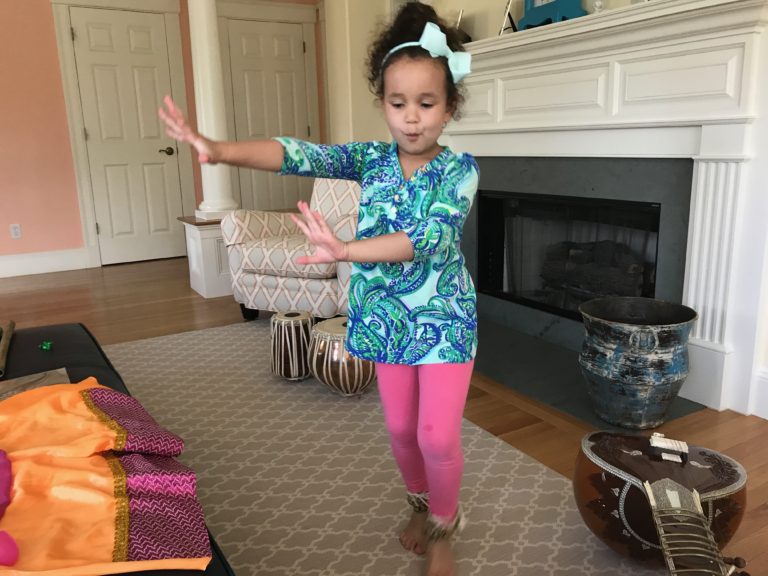
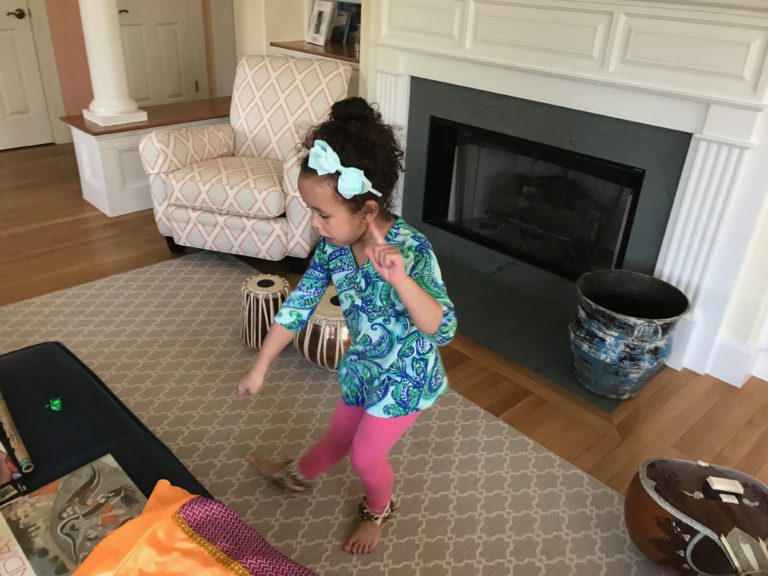
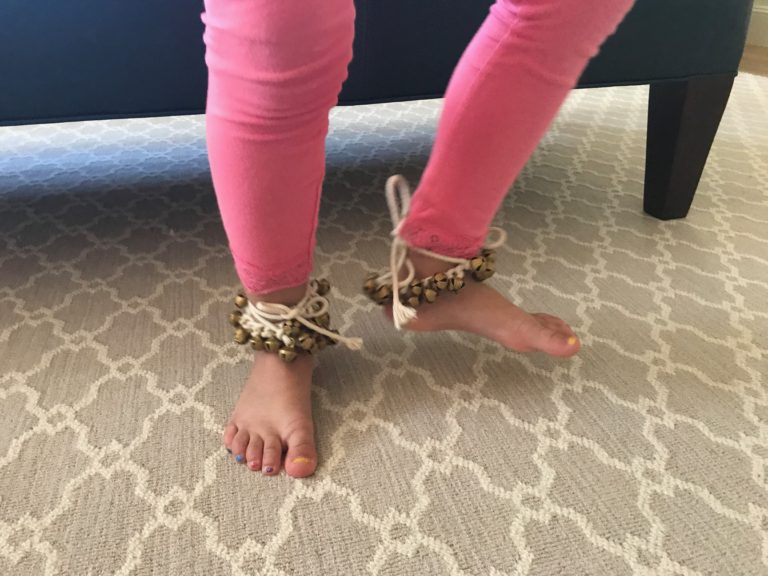
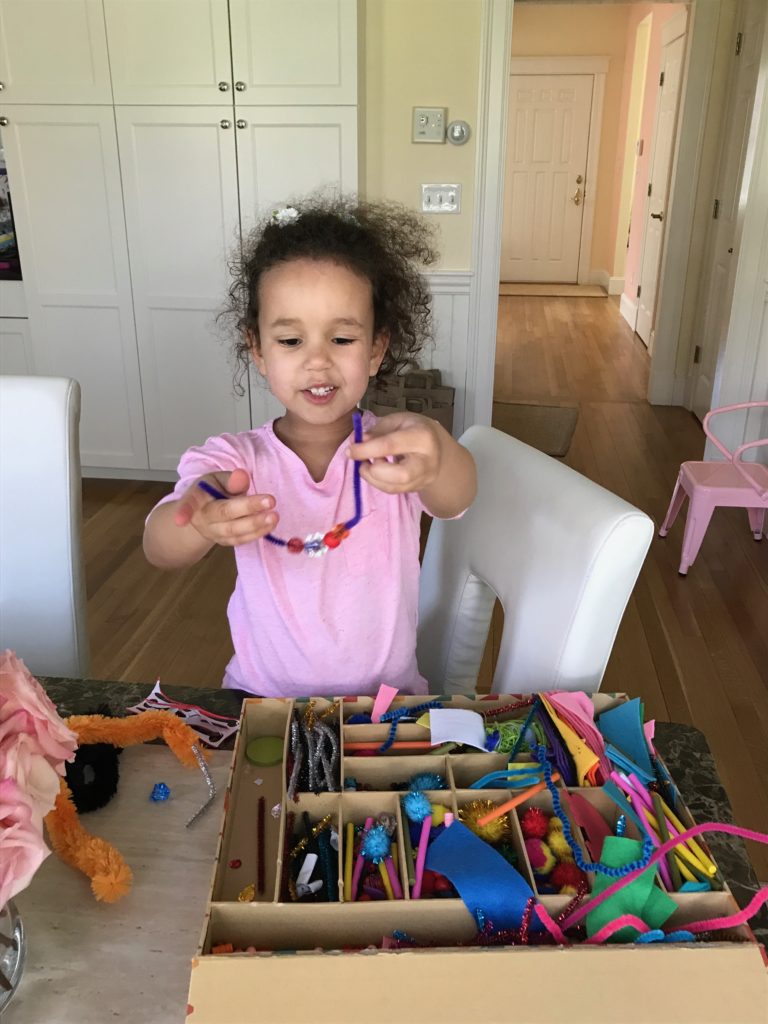
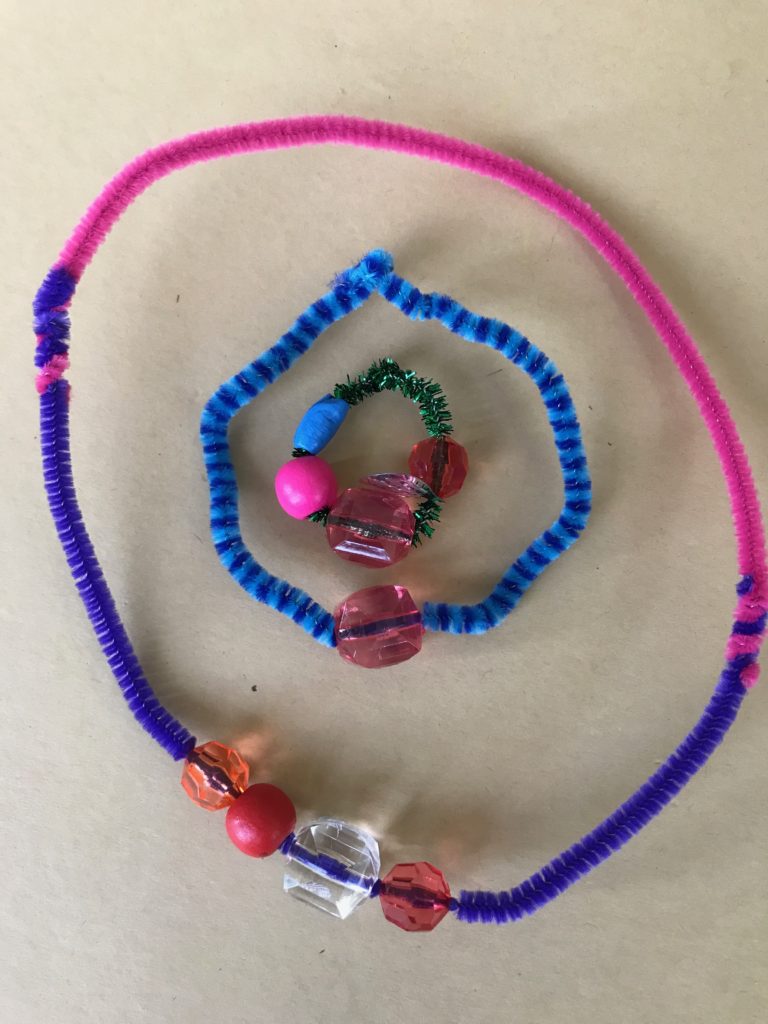
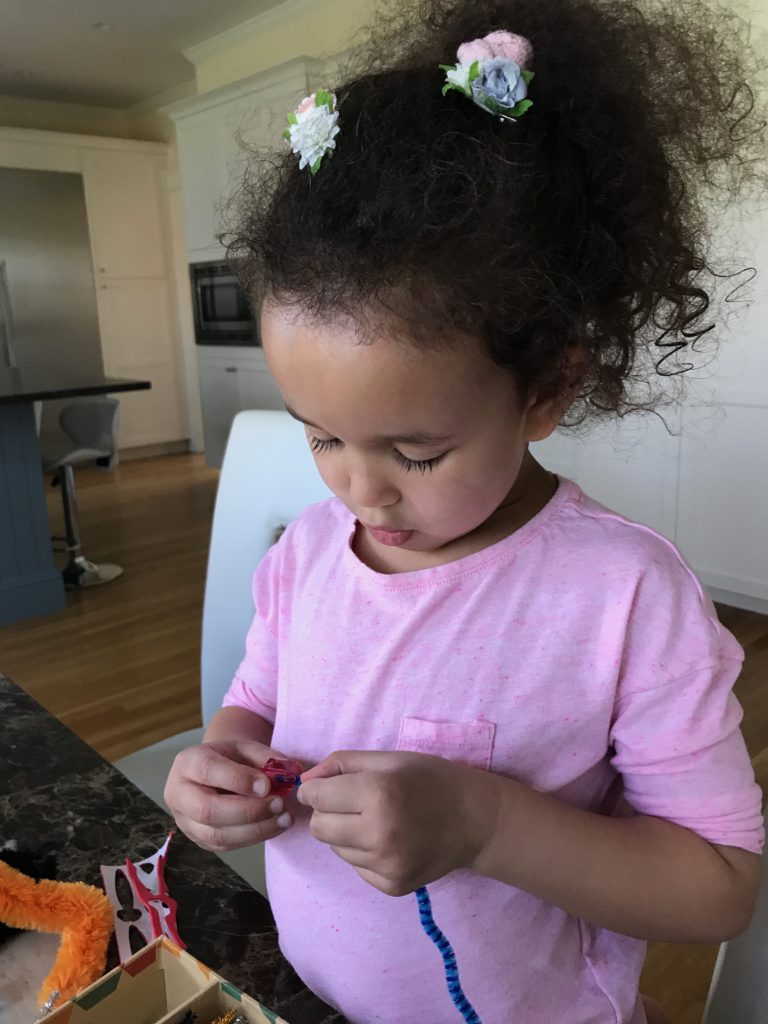
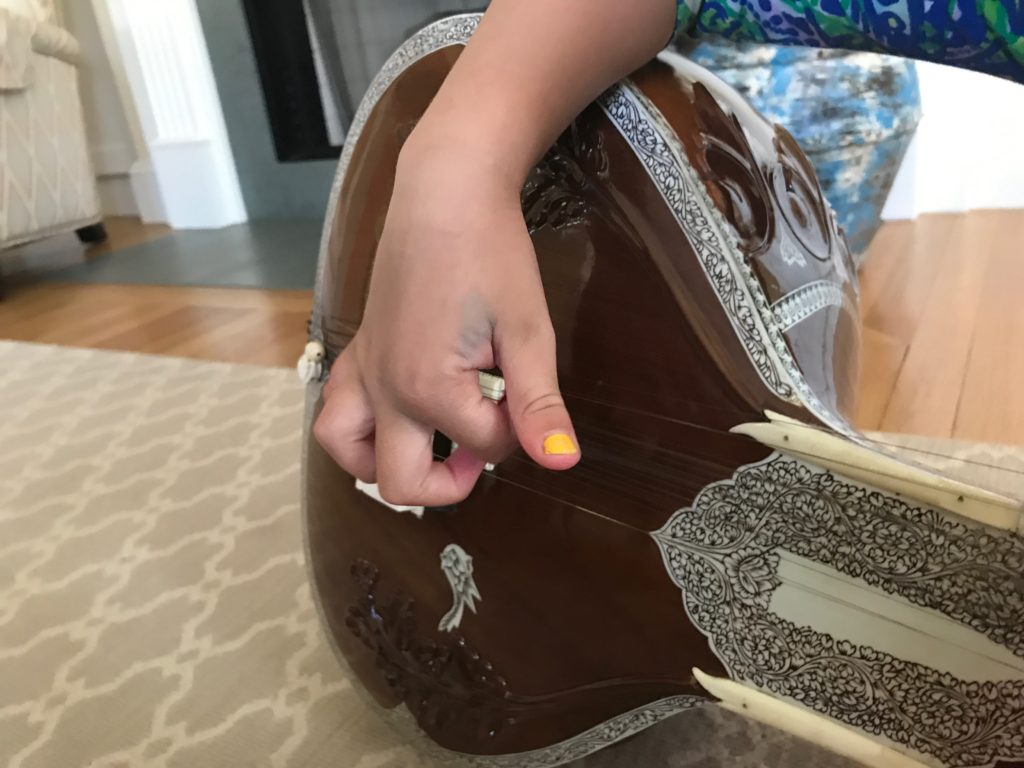
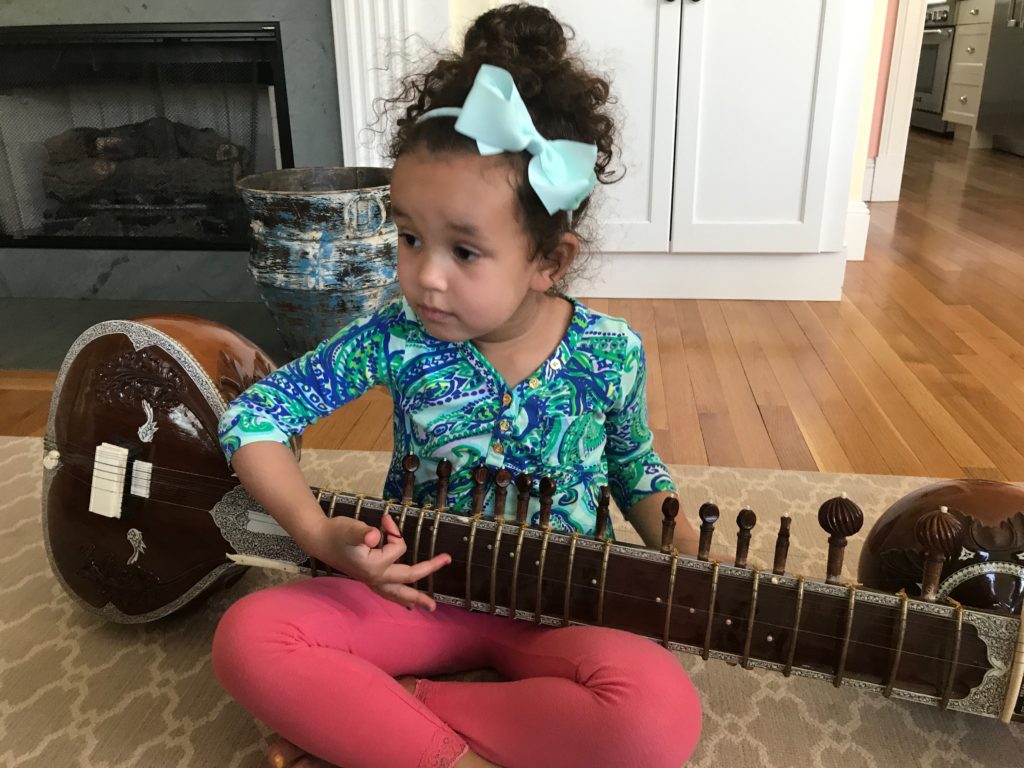
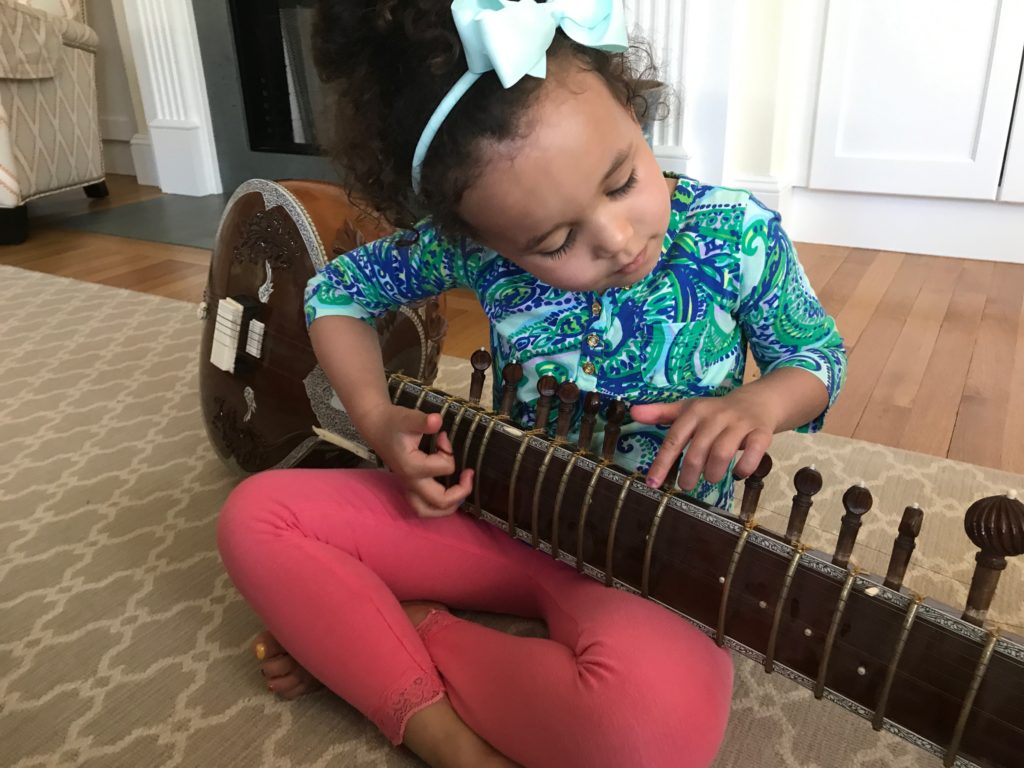

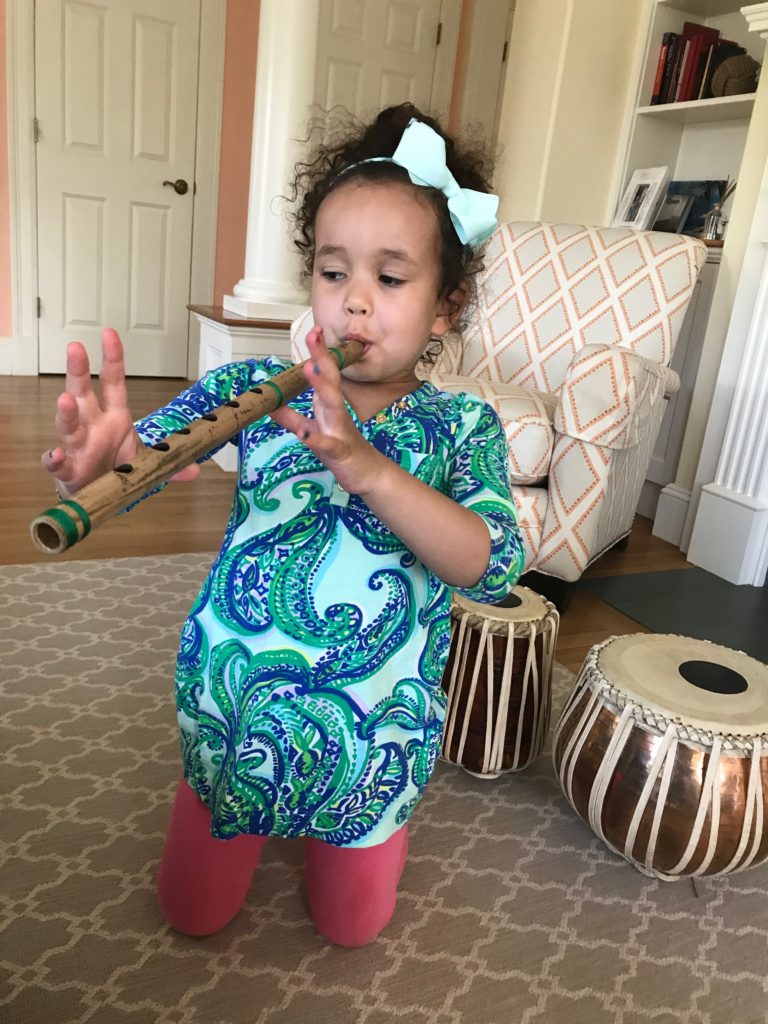
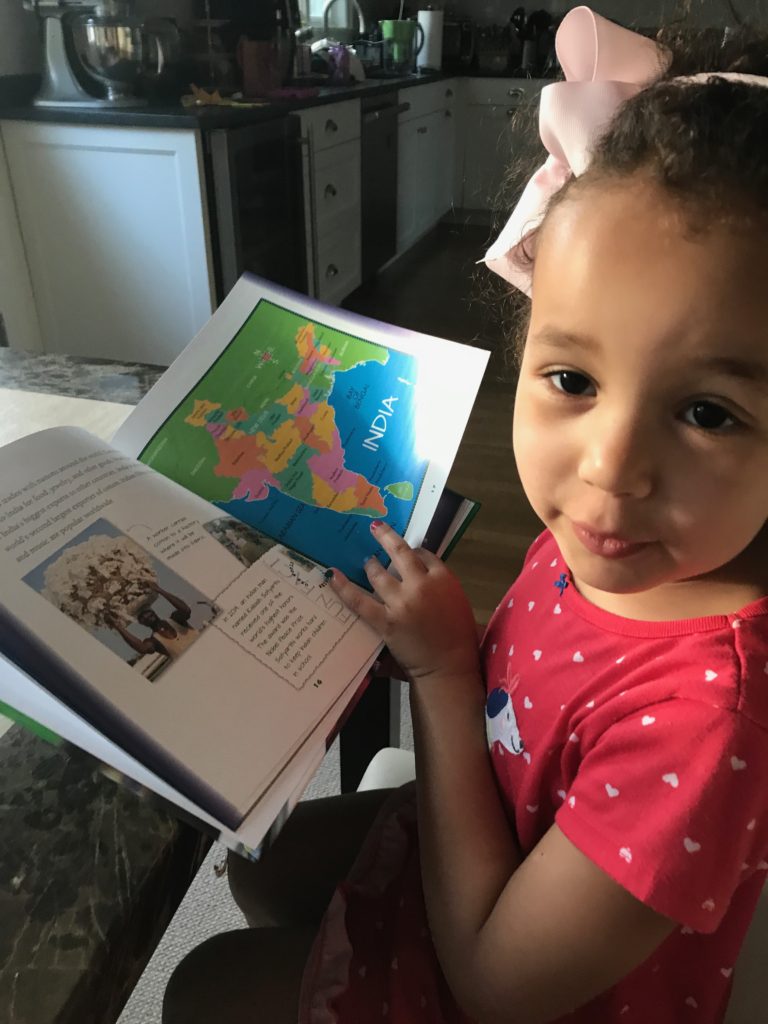
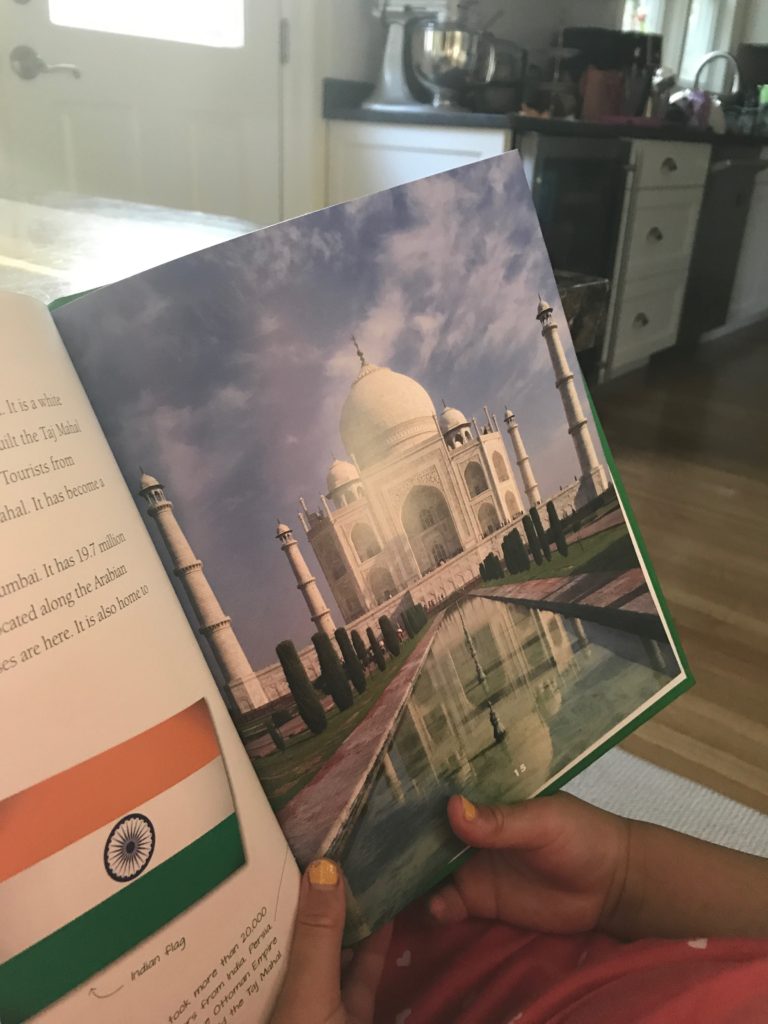
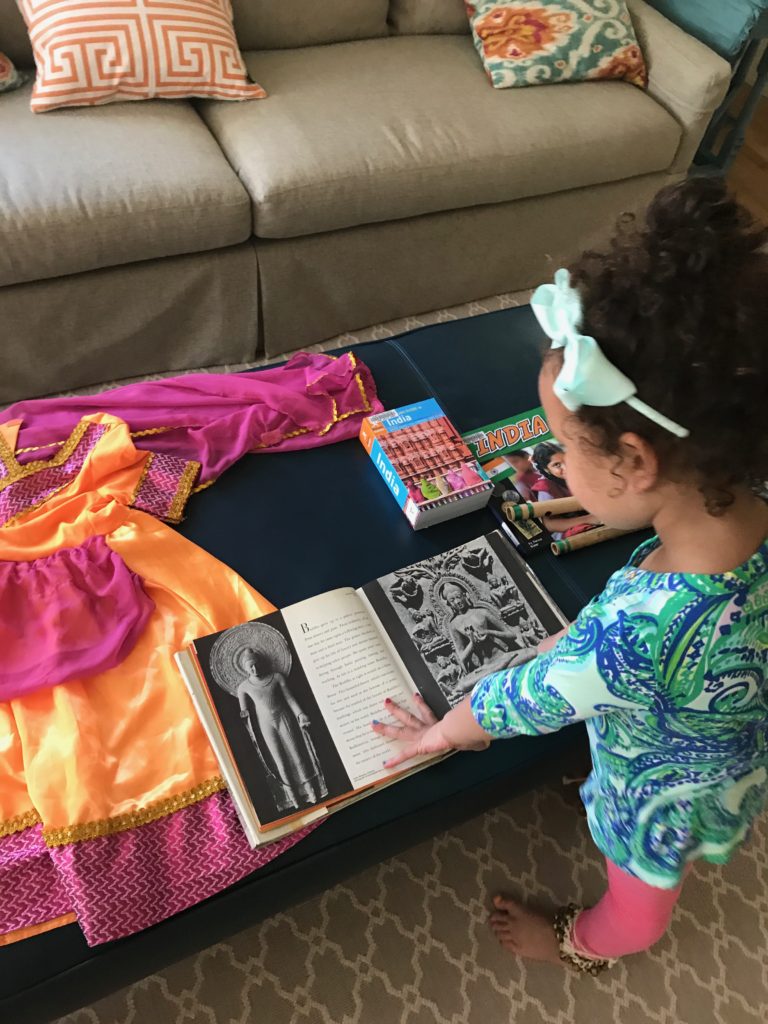
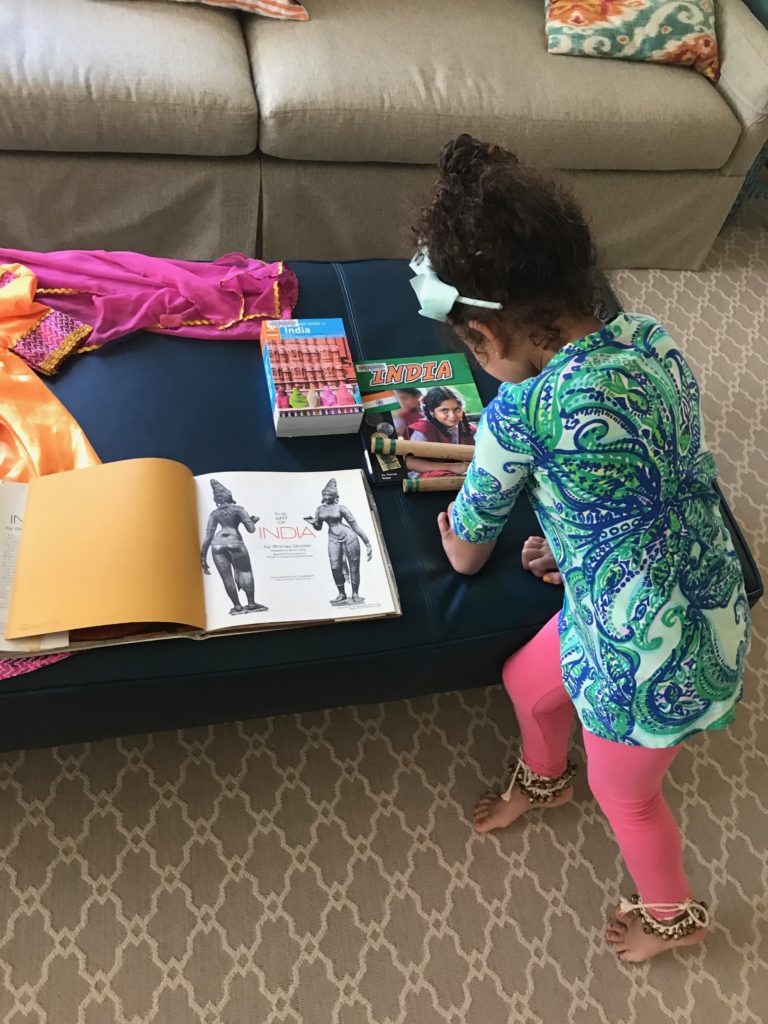
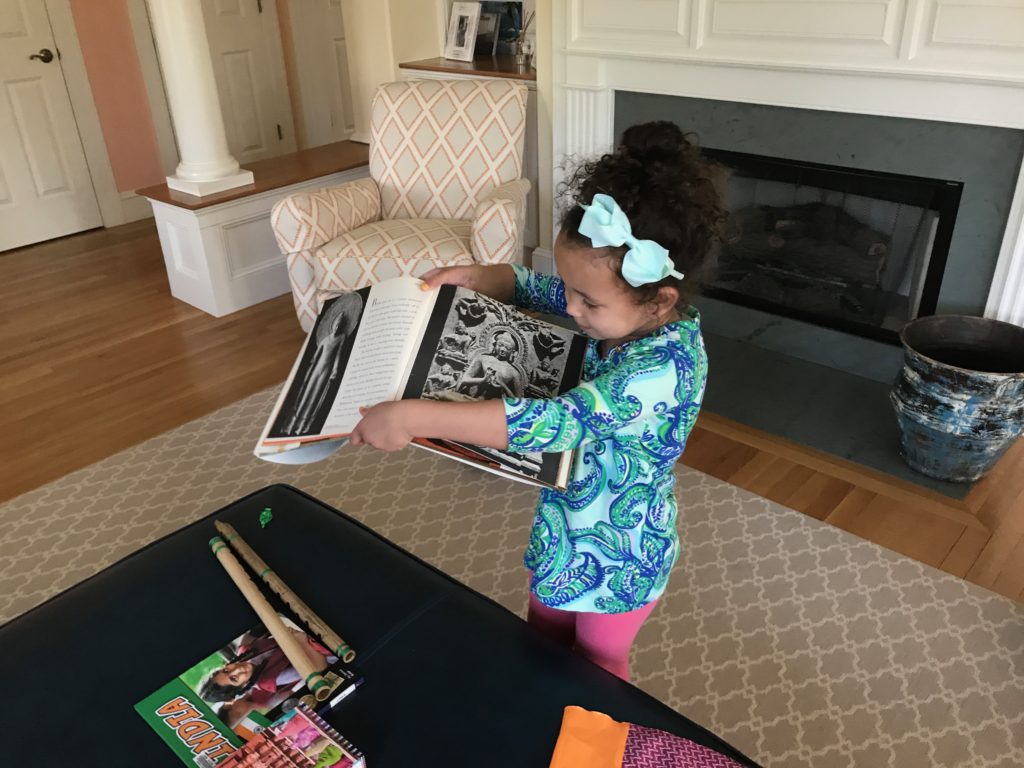
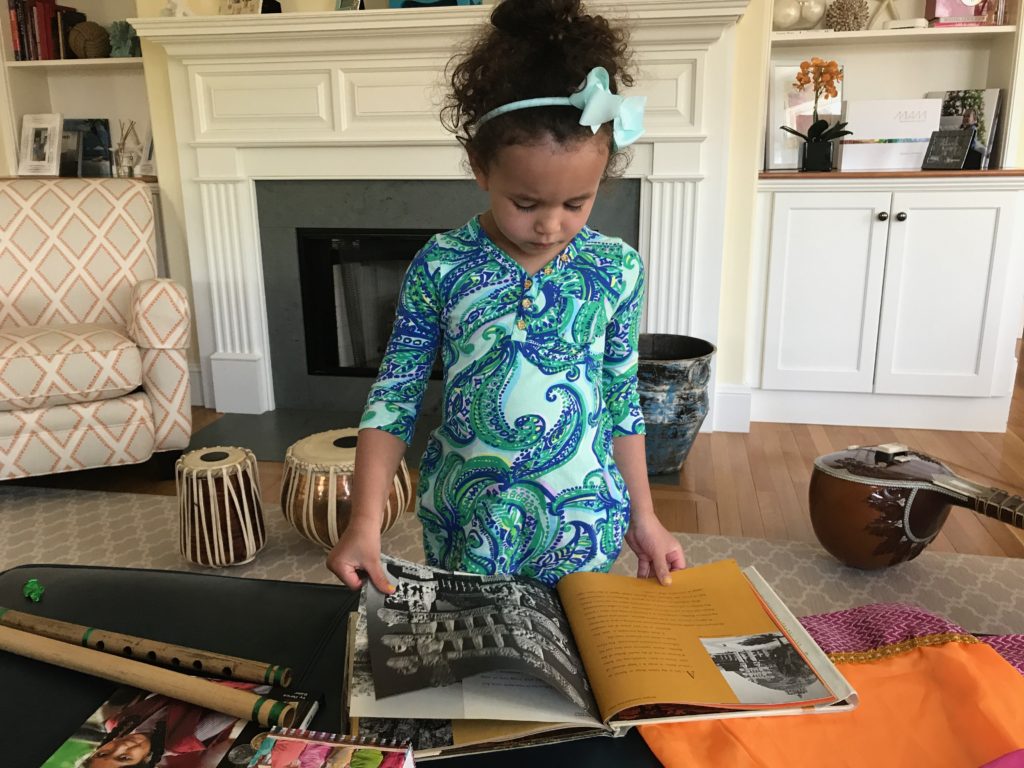
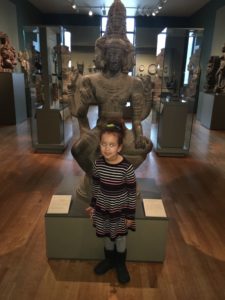
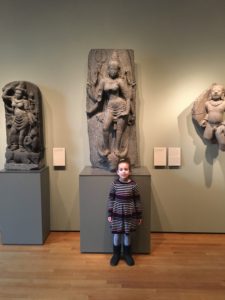
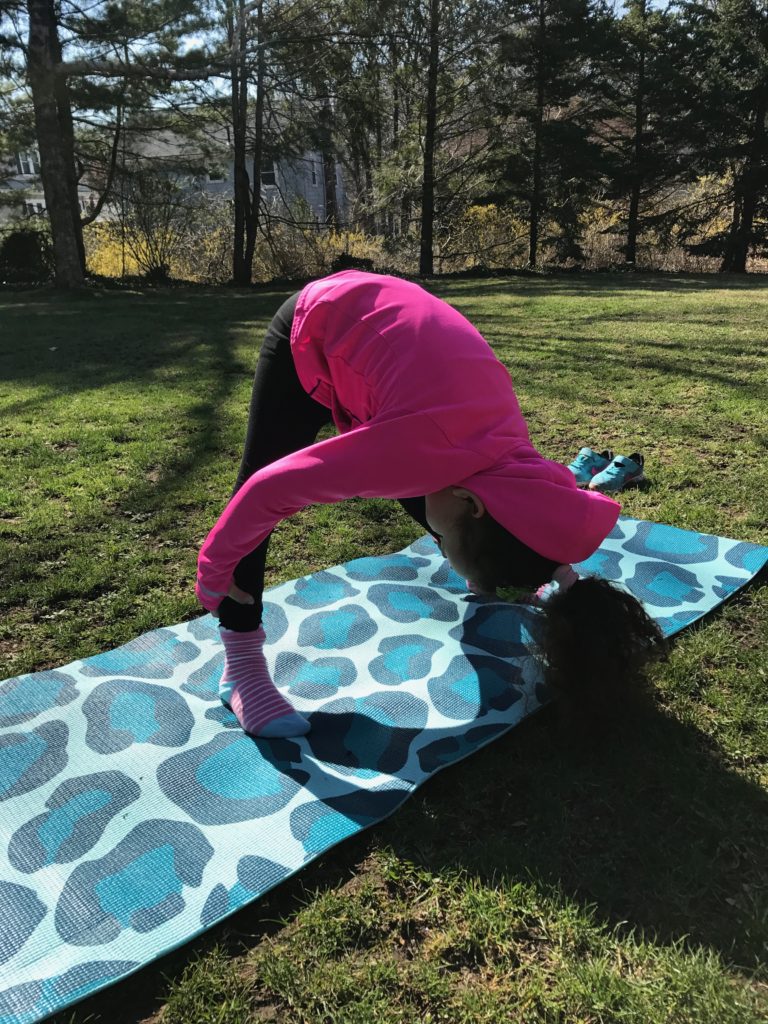
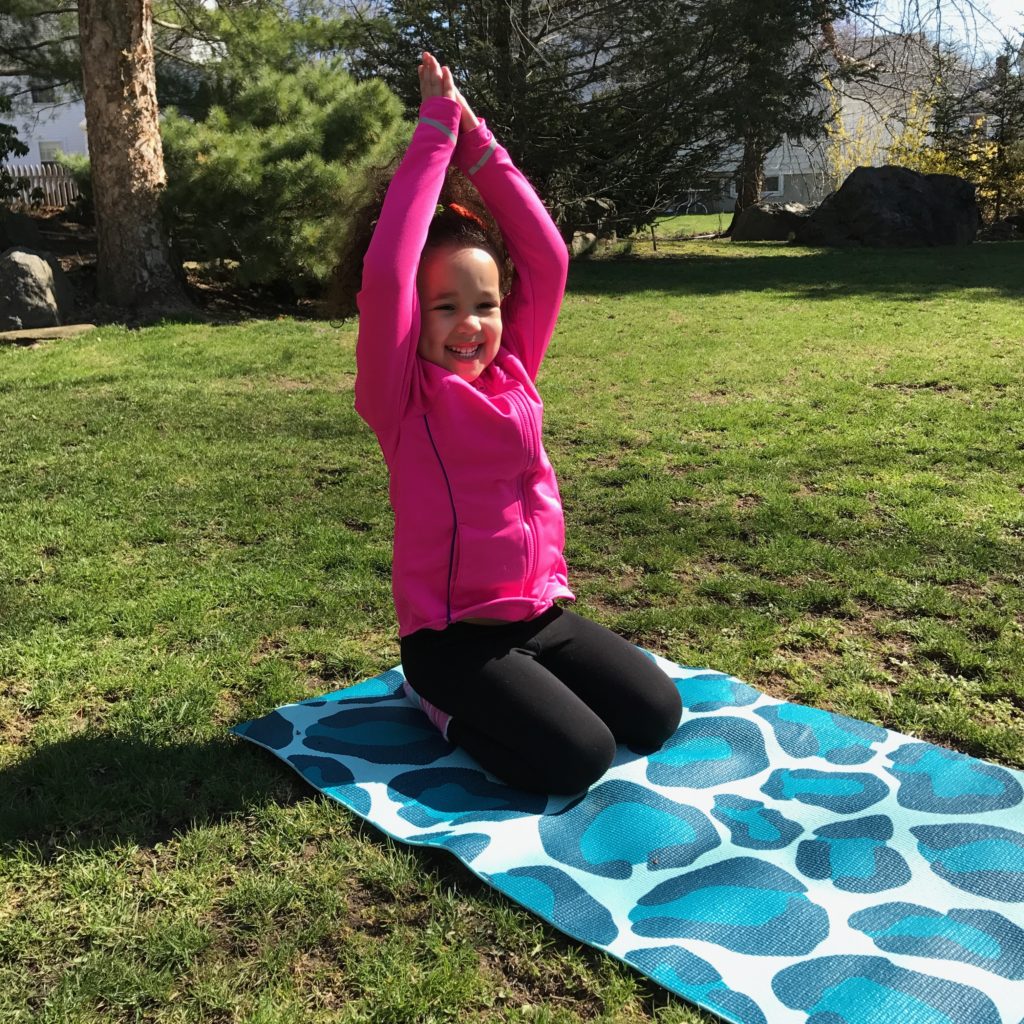
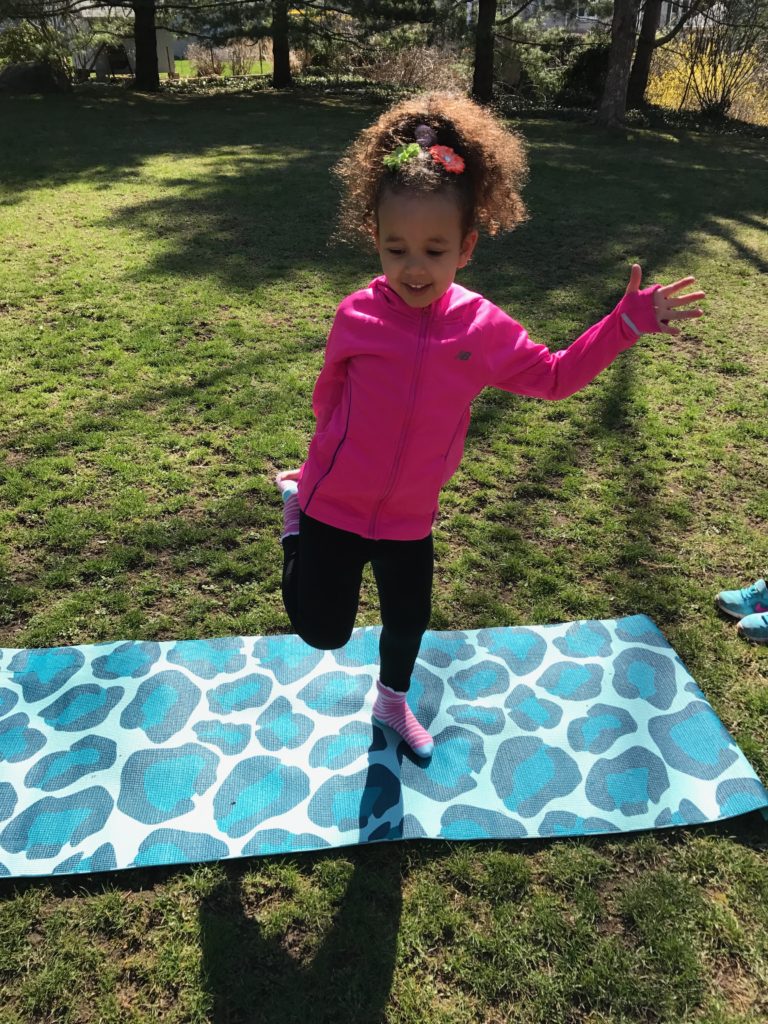
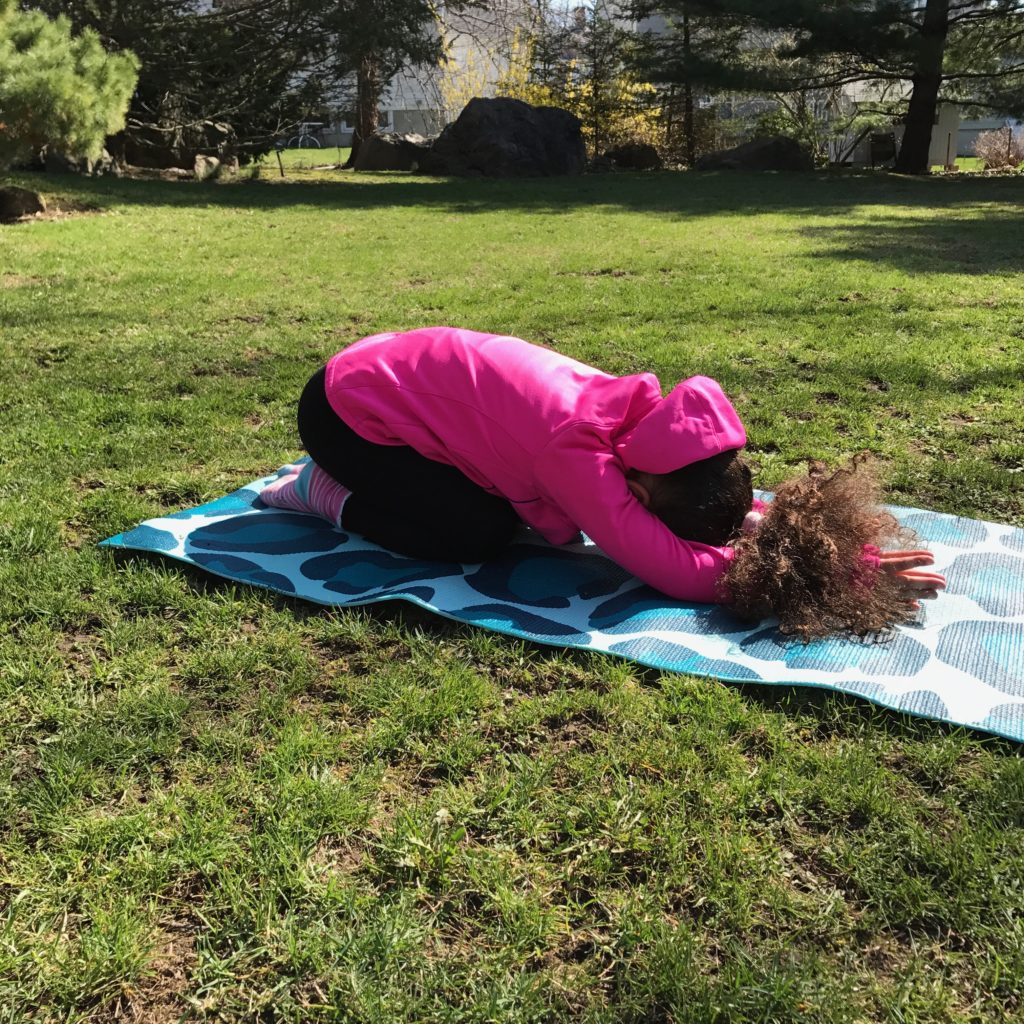
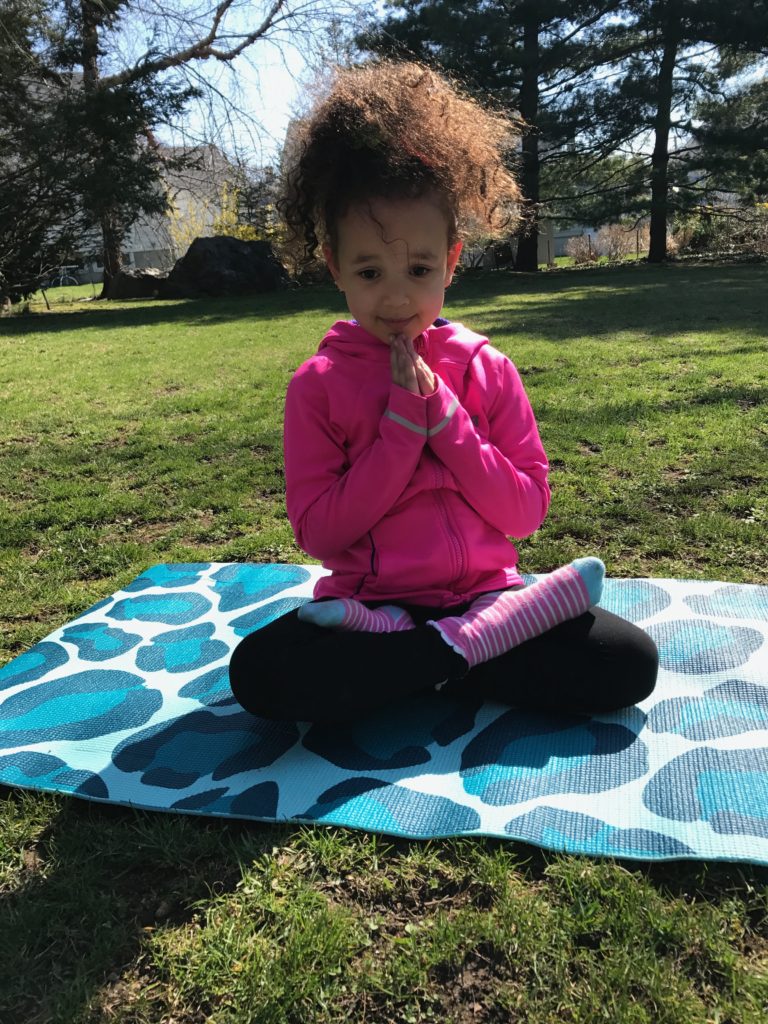
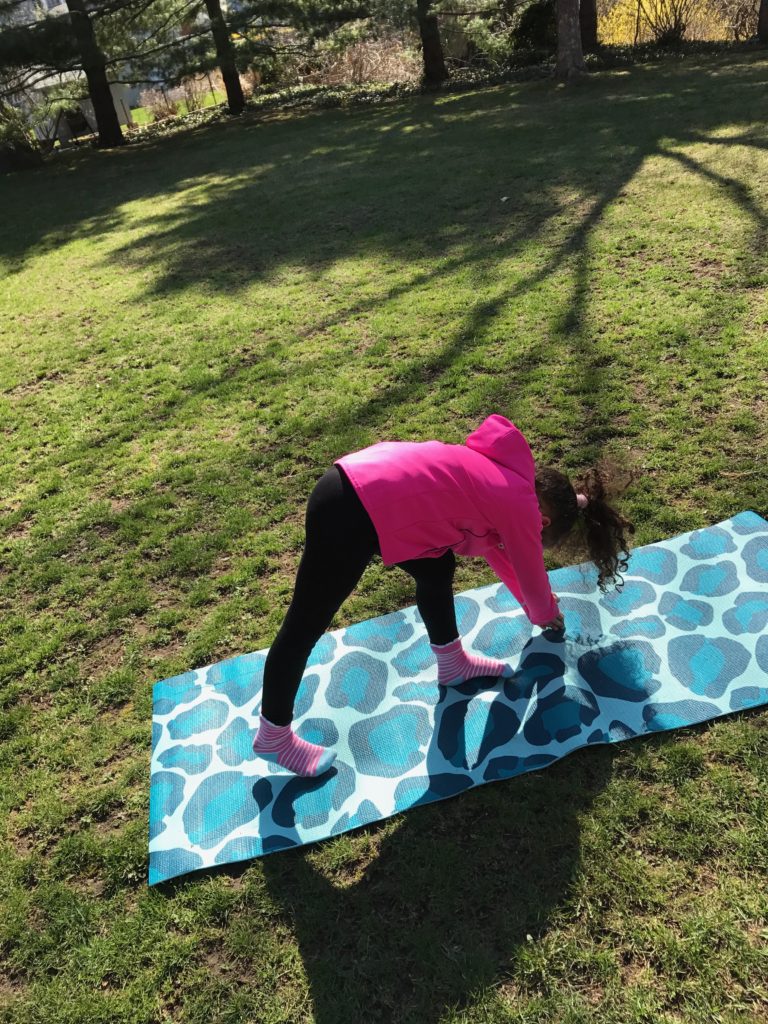
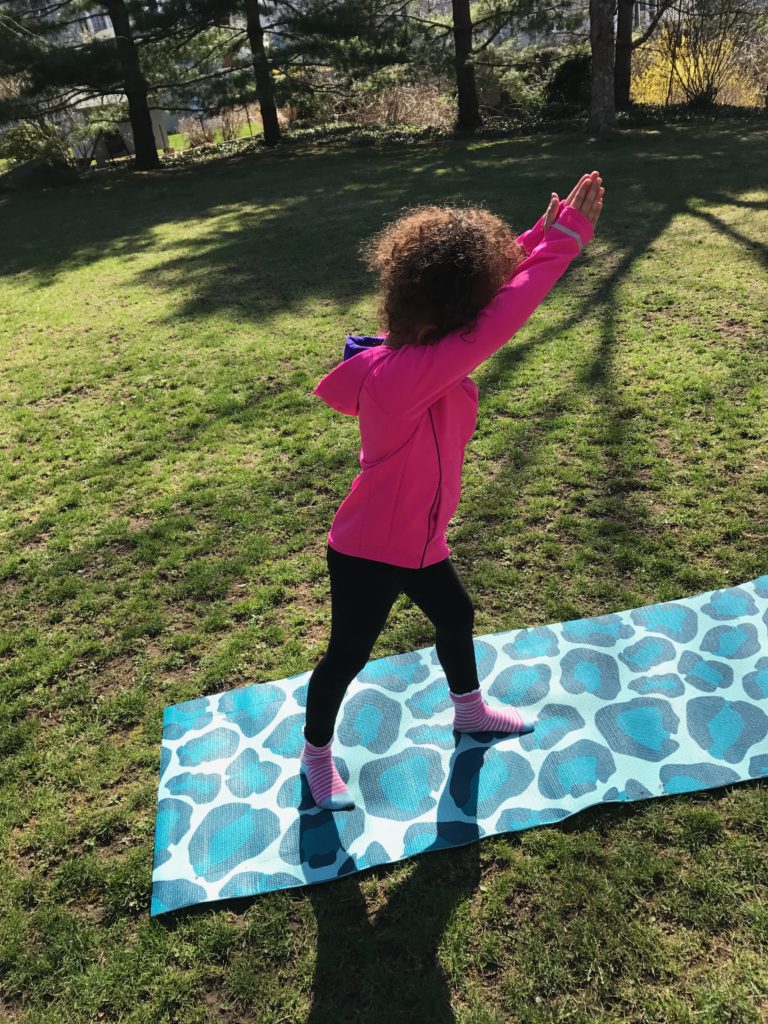
The videos were very informative. Also, thank you for the breadth of instruments.
Such great colorful, happy, easy, fun ideas to create without leaving home! Of course, the excursions out and about add to the wonder of it all! Your information and links are comprehensive and fabulous! Each family can pick and choose just how much one wants to do! Keep exploring and learning everyone! 🙂